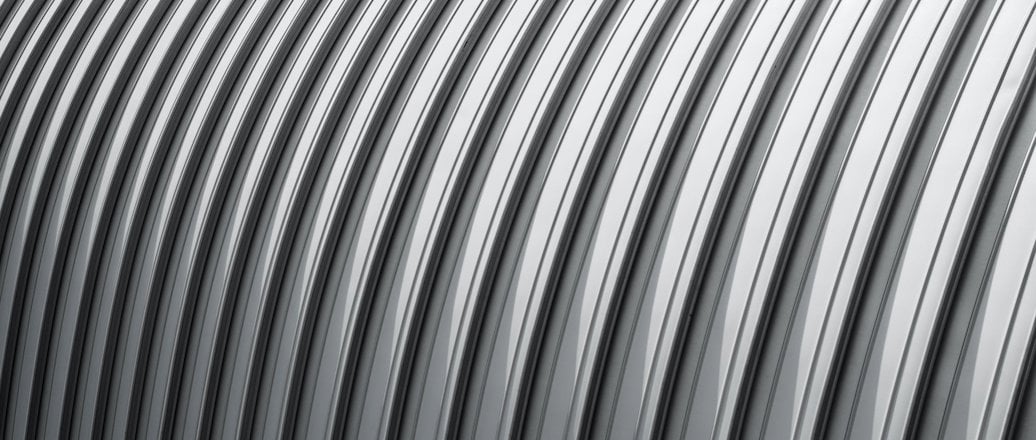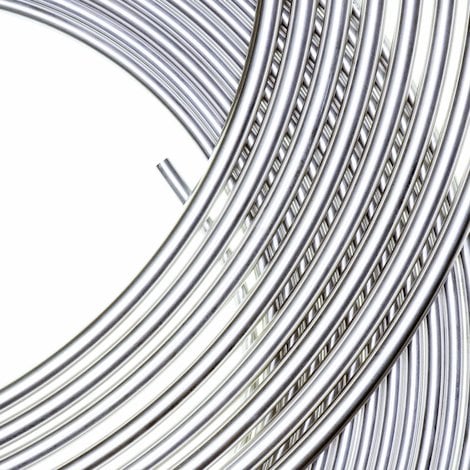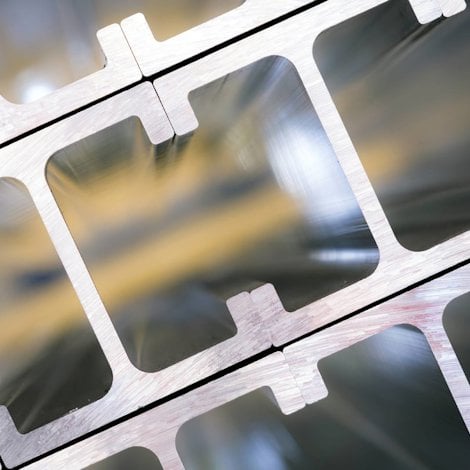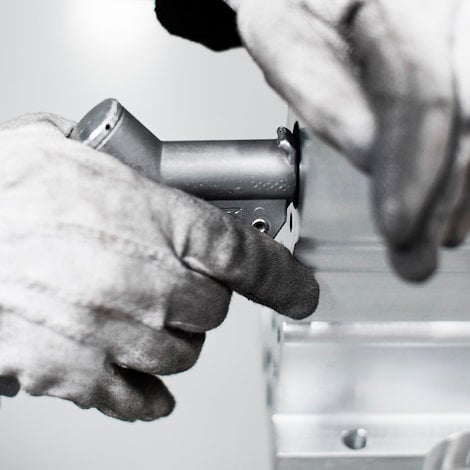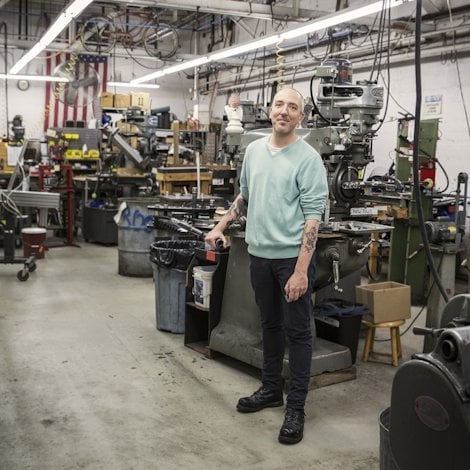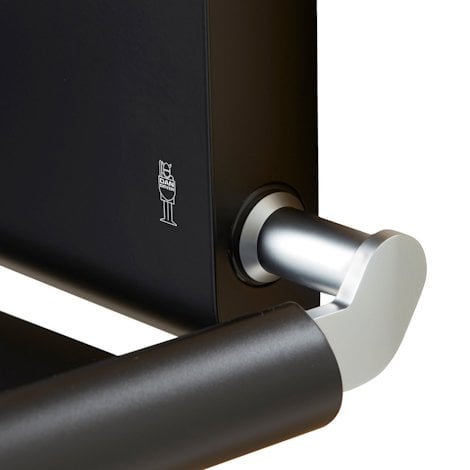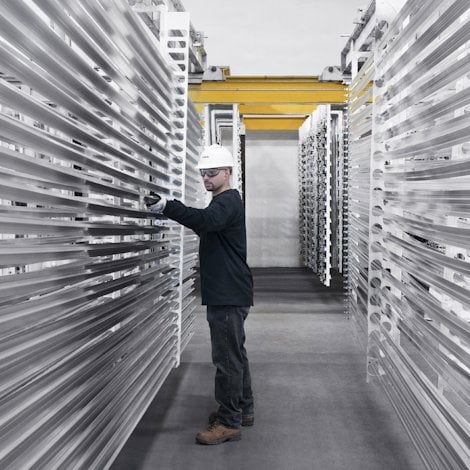Here are the best aluminium alloys for bending
One of the most useful characteristics of aluminium is its formability, and one way to form the metal into the shape you want is through bending. Some aluminium alloys and tempers are better suited for bending than others. This is what you need to know to choose the one that's right for you.
The bending process for aluminium is useful and cost-effective. It gives you design flexibility, integrated functions, good aesthetics and complex geometries. You can also choose between different bending processes, such as roller bending, press bending, draw bending and stretch bending.
My advice is that you get both the alloy and the temper right before choosing a bending method for your product design.
Factors affecting bending of aluminium alloys
What points can help you identify the right alloy for bending? And what alloys are best for bending?
Let’s look at three factors: formability, thickness and bend radius, and the percentage of elongation.
- Formability. Normally, higher strength means the aluminium alloy will be more difficult to bend, due to the tradeoff between strength and elongation – ductility. As one increases, the other decreases.
- Thickness and bend radius. Aluminium alloys harden and become stronger during the bending process. As a result, thickness and bend radius are factors you need to consider.
- Percentage of elongation. Investigating the percentage of elongation and the difference between yield strength and ultimate tensile strength will also help you make the right decision. When comparing alloys and tempers, lean toward those with the largest range between yield and tensile strength, because this indicates better forming ability.
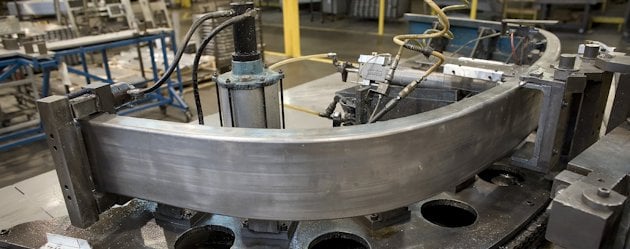
Aluminium alloy 3003 excellent for bending
The best series for forming – and thus for bending – are the alloy series 3xxx, 5xxx and in some cases 6xxx. Aluminium alloy 6063 is a good choice, for example, while 6082 is more difficult. I would avoid using alloys in the 2xxx family because they are so strong and therefore difficult to form. However, in the right temper, the bending of those alloys is also possible. I will return to that later.
Here are my four favorites:
- Aluminium alloy 3003. In most cases, this is probably the best alloy for bending. You get average strength, very good cold workability and high elongation. It also offers one of the biggest differences between yield and tensile strength.
- Aluminium alloy 5052. This alloy comes right behind. You get high elongation (not as high as 3003, however) and a solid difference between yield and tensile strength. You also get high strength when compared with other non-heat-treatable grades and outstanding corrosion behavior. When annealed, it beats the 3003 alloy in formability.
- Aluminium alloy 5083. Not far behind 5052 comes this one, its big brother, and a classic alloy for marine applications with good corrosion resistance and weldability. There is some variation with regard to temper, but if you chose H111, H112 or O temper you will be fine.
- Aluminium alloys 6061 and 6082. These are versatile heat-treatable alloys that, when annealed, offer a satisfactory difference between yield and tensile strength, and good elongation. Their bending ability will decrease, however, when you move to T4 and T6 tempers. My recommendation therefore is to bend in T4 condition and then heat treat to T6 if this is possible.
Don’t forget that the grain structure of the material will also impact bending capabilities, although grain structure affects several processes, not only bending.
Consider tempers in optimizing an aluminium alloy’s bending ability
My final point: Look at tempers when it comes to optimizing the bending ability of the aluminium alloy. Temper is as important as the alloys.
For non-heat-treatable 3xxx and 5xxx alloys, O-temper is the easiest temper to bend in.
6xxx, 7xxx and 2xxx heat-treatable alloys should if possible be bended in T4 condition, as this has a lower yield strength. However, there is a drawback. Yield strength in the T4 condition varies over time, due to natural ageing, a slow hardening process that occurs over time.
Although the variation in yield strength is small over short times, this might cause springback variation in some bending processes. So, in some cases, bending in T6 could be a better option. There are also special heat treatments that stop natural ageing and allow the material to be heat treated to T6 after bending, which could be considered.
- T4 temper is moderate to bend, with low yield strength, however, for some bending processes, springback variations might occur
- T6 temper is the most difficult to bend, but there is no springback variation

